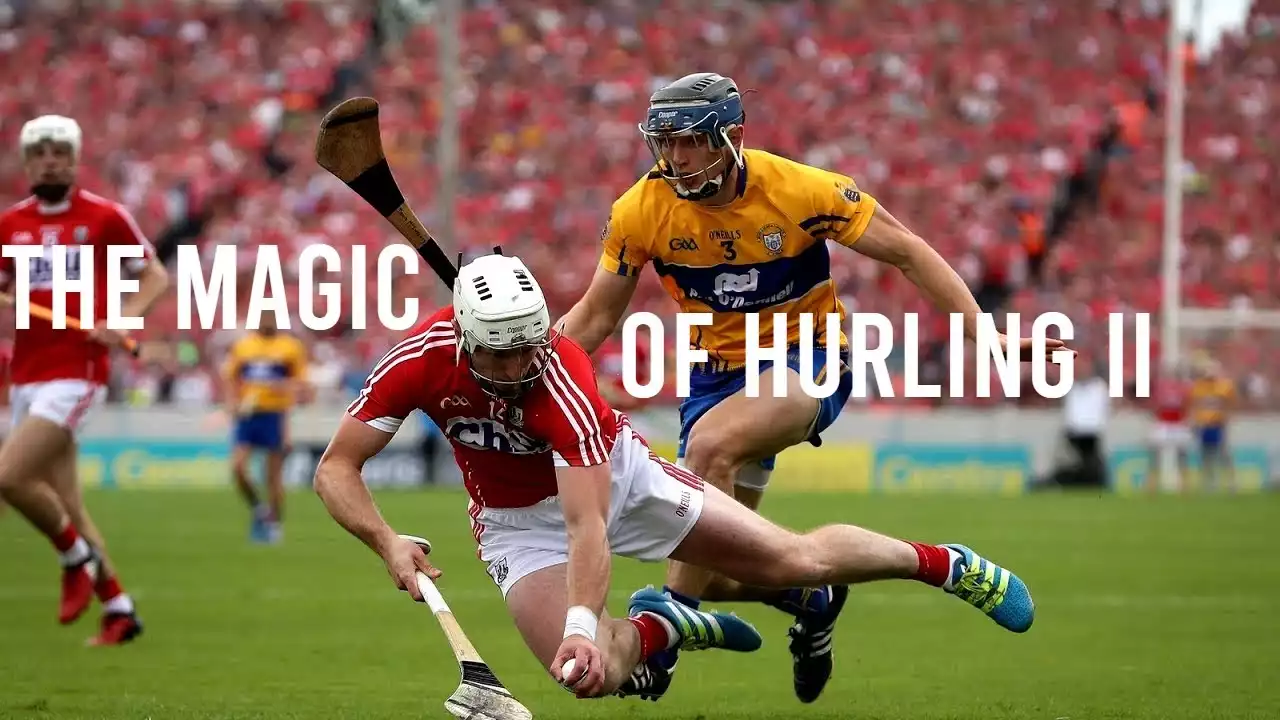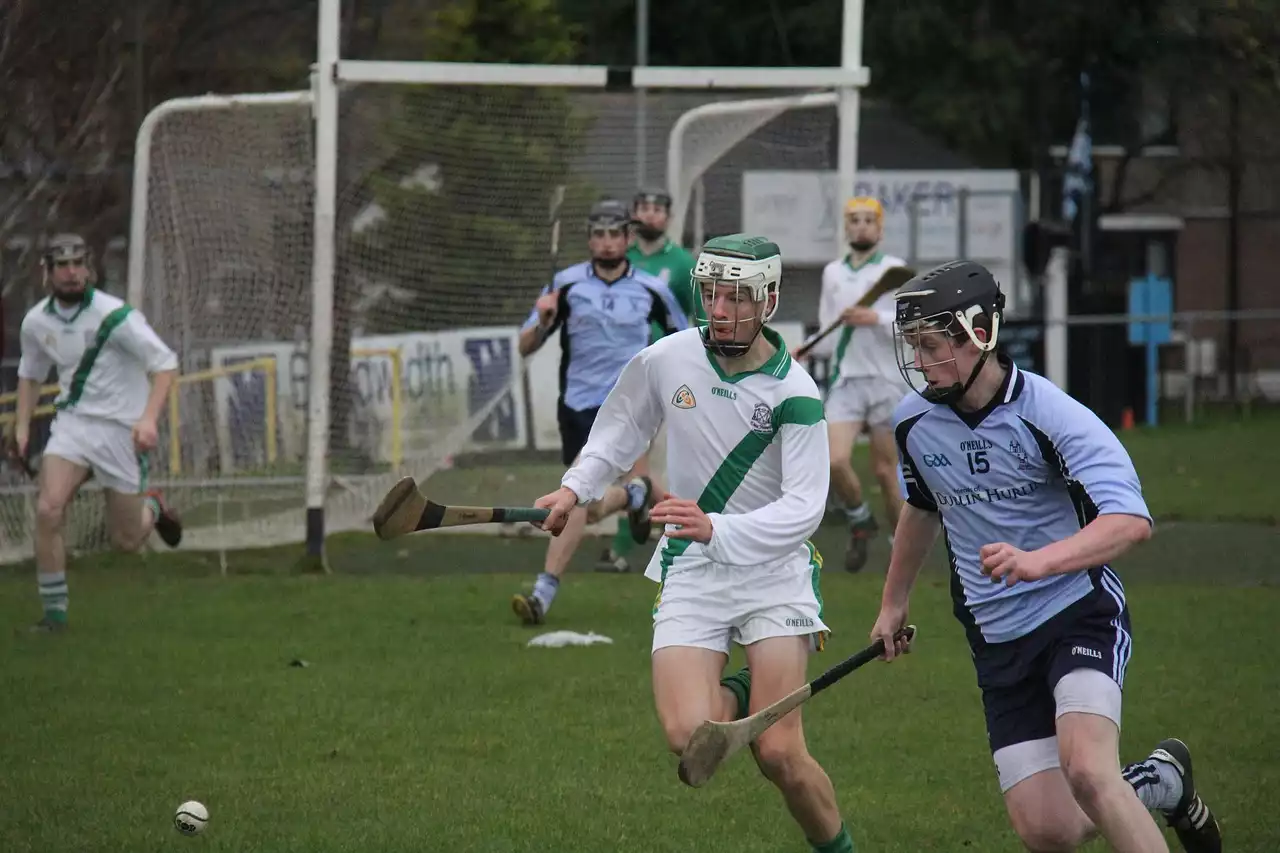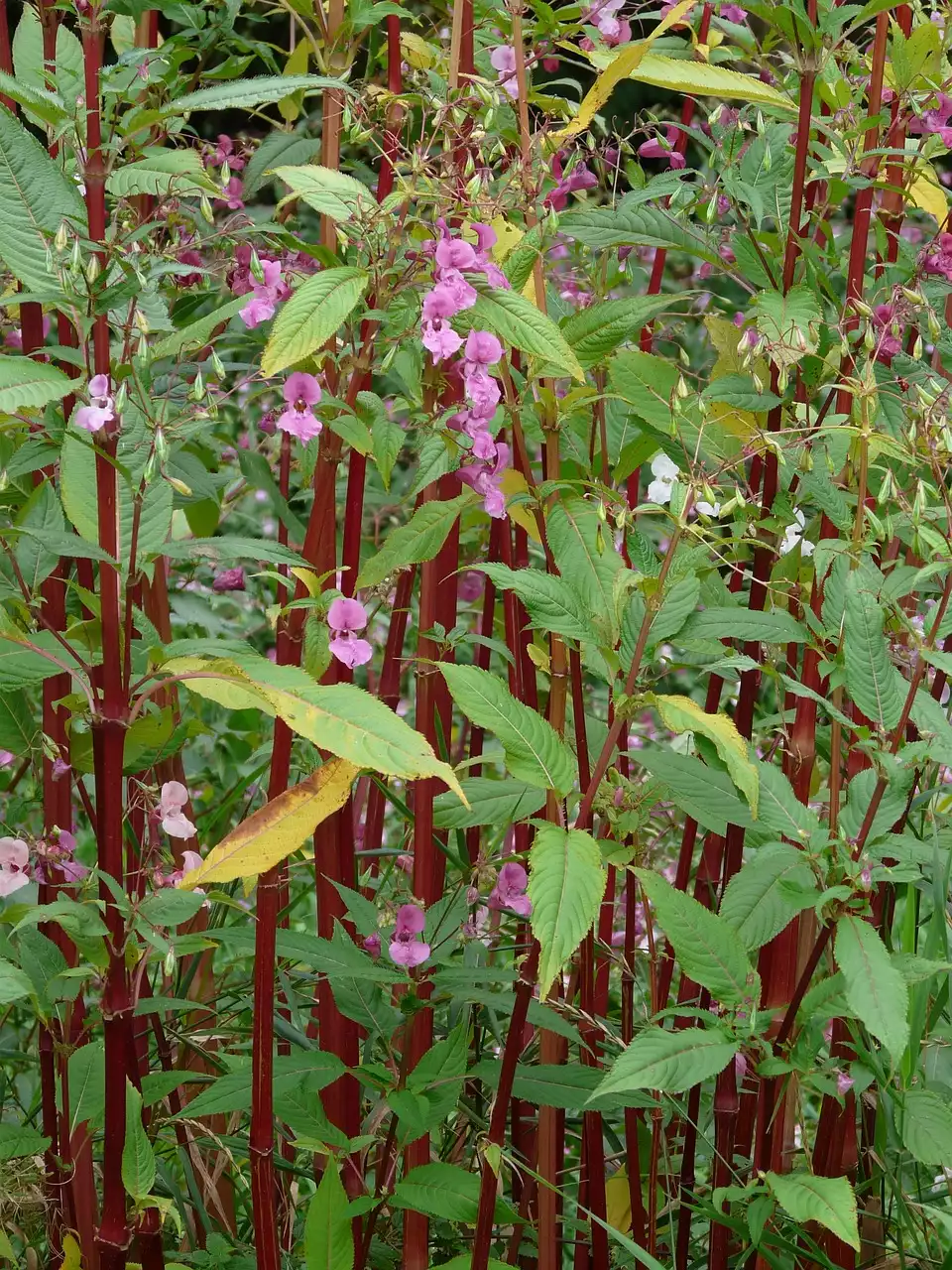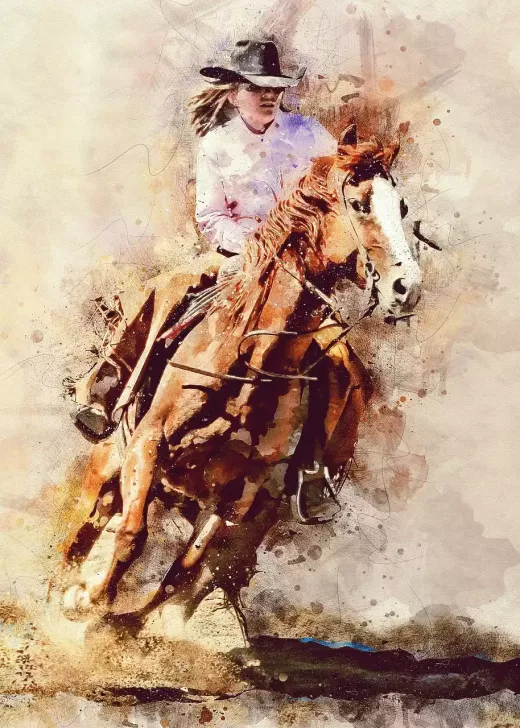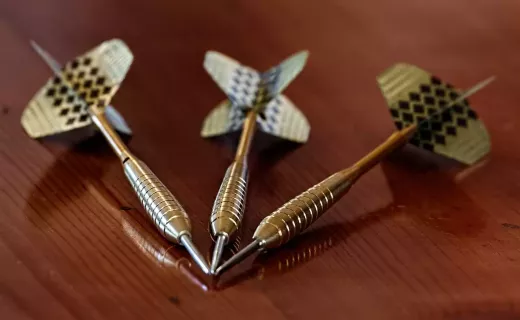Hurling legends who shaped the sport
Hurling is a sport steeped in tradition and history, and its evolution can be traced back to the efforts and achievements of several extraordinary individuals. One such legend is Christy Ring, widely regarded as one of the greatest hurlers of all time. Born in Cork, Ireland, Ring's exceptional skills and leadership on the field earned him a record-breaking eight All-Ireland titles. His speed, accuracy, and ability to read the game set him apart from his peers, making him an icon of the sport.
Another hurling legend who left an indelible mark on the game is Henry Shefflin. Hailing from Kilkenny, Shefflin's illustrious career spanned an incredible 16 years, during which he amassed an astonishing 10 All-Ireland titles. Renowned for his agility, scoring ability, and exceptional vision, Shefflin's contributions to Kilkenny's success are unparalleled. His dedication to the sport and his team's triumphs solidified his status as one of the all-time greats.
Furthermore, we cannot discuss hurling legends without mentioning the incomparable Sean Óg Ó hAilpín. Born in Australia to Irish parents, Ó hAilpín's journey to becoming one of the most revered hurlers in history is nothing short of remarkable. His athleticism, speed, and tenacity on the field earned him numerous accolades, including three All-Ireland titles and four All-Star awards. Ó hAilpín's impact on the sport extends beyond his playing career, as he continues to inspire a new generation of hurlers.
These hurling legends, along with many others, have shaped the sport through their skill, determination, and unwavering passion. Their contributions have not only elevated the game but have also paved the way for future generations of hurlers to continue the proud tradition.
The greatest hurling teams in history
Hurling, like any team sport, is not just about individual brilliance but also the collective efforts of a well-coordinated team. Throughout the history of the sport, there have been teams that have achieved greatness and left an indelible mark on hurling folklore.
One such team is the Kilkenny team of the early 2000s, commonly referred to as the "Kilkenny Cats." Under the guidance of legendary manager Brian Cody, this team dominated hurling like no other. With the likes of Henry Shefflin, DJ Carey, and Tommy Walsh, the Kilkenny Cats won a staggering seven All-Ireland titles in just nine years, cementing their place as one of the greatest teams in hurling history.
Another team that deserves mention is the Cork team of the 1970s. Led by the iconic Christy Ring, this team achieved unprecedented success, winning four consecutive All-Ireland titles from 1976 to 1979. Known for their skill, teamwork, and never-say-die attitude, the Cork team of the 1970s set a new standard for hurling excellence.
And let's not forget the Tipperary team of the 1960s, often referred to as the "Golden Era" of hurling. With legends such as Jimmy Doyle, John Doyle, and Michael "Babs" Keating, this team dominated the hurling landscape, winning five All-Ireland titles in just six years. Their flair, style, and sheer dominance on the field captivated fans and inspired future generations of hurlers.
These teams, among others, have etched their names in hurling history through their exceptional teamwork, skill, and ability to rise to the occasion. They serve as a testament to the power of collective effort and the enduring legacy of teamwork in hurling.
The skills and techniques of hurling legends
To truly appreciate the greatness of hurling legends, it's essential to delve into the skills and techniques that set them apart from their peers. Hurling is a unique sport that demands a combination of physical prowess, technical proficiency, and tactical intelligence.
One of the most vital skills in hurling is striking the sliotar with the hurley. Hurling legends possess an uncanny ability to strike the sliotar with precision, power, and accuracy, enabling them to score goals and points from seemingly impossible angles. From the graceful swing of the hurley to the perfect connection with the sliotar, these legends make it look effortless.
Another crucial aspect of hurling is the art of blocking. Hurling legends possess lightning-fast reflexes and impeccable timing, allowing them to intercept and block incoming shots with ease. Their anticipation of the opponent's moves, combined with their agility and hand-eye coordination, make them masters of the defensive game.
Furthermore, the skill of catching the sliotar is paramount in hurling. Legends like Joe Canning and Henry Shefflin have showcased their exceptional ability to judge the flight of the sliotar, position themselves correctly, and execute flawless catches. Their soft hands and impeccable technique make even the most challenging catches appear routine.
Additionally, agility and speed are essential attributes of hurling legends. The ability to change direction quickly, evade opponents, and maintain balance while moving at high speeds is what sets them apart. Their agility allows them to navigate through tight spaces, create scoring opportunities, and outmaneuver their opponents.
These skills, along with others such as passing, tackling, and game awareness, make hurling legends a cut above the rest. Their mastery of these techniques, honed through years of practice and dedication, is what has allowed them to reach the pinnacle of the sport.
Memorable moments in hurling history
Hurling is a sport that is defined by moments of brilliance. From stunning goals to breathtaking saves, hurling legends have provided fans with countless memorable moments throughout the sport's history. These moments not only showcase the skill and talent of the players but also encapsulate the essence of hurling itself.
One such moment that stands out is DJ Carey's goal in the 1992 All-Ireland final. With the game on a knife-edge, Carey received a pass just inside the 21-yard line, turned his marker, and unleashed an unstoppable shot into the top corner of the net. The sheer audacity and skill displayed by Carey in that moment left fans in awe and secured his place as one of the all-time greats.
Another unforgettable moment is Joe Canning's last-minute point in the 2017 All-Ireland final. Trailing by a point in injury time, Canning received the sliotar just inside the sideline and, under immense pressure, struck a magnificent point from an acute angle to level the scores. The composure and accuracy exhibited by Canning in that high-pressure situation demonstrated why he is regarded as one of the finest hurlers of his generation.
And who can forget Christy Ring's remarkable goal in the 1953 Munster final? With Cork trailing by a point in the dying minutes, Ring collected the sliotar deep in his own half, embarked on a mesmerizing solo run, evaded multiple defenders, and unleashed a thunderous shot into the back of the net. This extraordinary goal not only secured victory for Cork but also showcased Ring's extraordinary talent and ability to deliver on the biggest stage.
These moments, along with countless others, have become etched in hurling history, serving as a reminder of the magic and excitement that the sport can produce. They are a testament to the skill, determination, and sheer brilliance of hurling legends.
Hurling legends off the field - their impact on society
Hurling legends not only leave a lasting impression on the field but also have a significant impact off the field. Their influence extends beyond the sport itself, as they become role models, ambassadors, and advocates for their communities and society at large.
Many hurling legends have used their platform to raise awareness for charitable causes and make a positive impact on society. Whether it's supporting local charities, visiting hospitals, or using their influence to promote social causes, these legends understand the importance of giving back to their communities. Their selflessness and dedication to making a difference inspire others to follow in their footsteps.
Furthermore, hurling legends often serve as mentors and coaches for aspiring young hurlers. They pass on their knowledge, experience, and love for the sport to the next generation, ensuring the continuity and growth of hurling. Their guidance and mentorship help shape the future of the sport and inspire young athletes to reach for greatness.
Moreover, hurling legends play a vital role in preserving and promoting the cultural heritage of Ireland. Hurling is deeply ingrained in Irish culture, and these legends serve as custodians of this rich tradition. Their commitment to the sport ensures that the values, rituals, and history of hurling are passed down from generation to generation, keeping the flame of Gaelic heritage alive.
Hurling legends, through their actions and influence off the field, have become more than just sporting icons. They are beacons of inspiration, agents of change, and guardians of tradition. Their impact on society extends far beyond the sport itself, leaving a lasting legacy that transcends generations.
Hurling legends who have transitioned into coaching
After hanging up their boots, many hurling legends have found a new calling in coaching. Their experience, knowledge, and understanding of the game make them invaluable assets in nurturing the next generation of hurlers. Their transition from players to coaches allows them to pass on their wisdom and shape the future of hurling.
One such legend turned coach is Anthony Daly. Known for his gritty determination and leadership qualities as a player, Daly has successfully transitioned into coaching, guiding Dublin to their first All-Ireland title in 52 years in 2013. His ability to inspire and motivate his players, combined with his tactical acumen, has made him one of the most respected coaches in hurling.
Another hurling legend who has made a successful transition into coaching is Brian Cody. After an illustrious playing career, Cody took the reins as manager of the Kilkenny team and went on to achieve unprecedented success. Under his leadership, Kilkenny won a remarkable 11 All-Ireland titles, cementing Cody's status as one of the greatest coaches in hurling history. His ability to instill discipline, foster a winning mentality, and get the best out of his players is what sets him apart.
Furthermore, we cannot overlook the contributions of Donal Óg Cusack, both as a player and as a coach. As a player, Cusack revolutionized the role of the goalkeeper, bringing a new level of skill and precision to the position. After retiring, he turned his attention to coaching, working with various teams and sharing his knowledge and expertise. Cusack's analytical approach, attention to detail, and dedication to continuous improvement have made him a sought-after coach in hurling circles.
These hurling legends turned coaches bring a wealth of experience, passion, and understanding of the game to their roles. Their ability to connect with players, impart knowledge, and shape future talent ensures that the legacy of hurling continues to thrive.
Hurling legends in the media - their influence on the sport's popularity
The media plays a significant role in shaping public perception and interest in sports, and hurling legends have played their part in enhancing the popularity of the sport through their involvement in various media platforms. Whether it's as pundits, commentators, or analysts, their insights and expertise add depth and authenticity to the coverage of hurling.
Many hurling legends have become regular fixtures on television, providing expert analysis and commentary on hurling matches. Their ability to break down the game, offer unique perspectives, and share personal anecdotes adds value to the viewer's experience. Their presence in the media helps to educate and entertain fans, fostering a deeper appreciation for the sport.
Furthermore, hurling legends often contribute to newspapers, magazines, and online platforms, providing written analysis and opinion pieces. Their articles offer readers an insider's view of the sport, providing valuable insights into the tactics, strategies, and intricacies of hurling. Their contributions help to generate discussion, debate, and interest in the sport, further increasing its popularity.
Additionally, hurling legends use their social media platforms to engage with fans, share their experiences, and promote the sport. Their presence on platforms such as Twitter, Instagram, and Facebook allows them to connect directly with fans, providing a glimpse into their lives and their love for hurling. Their engagement on social media helps to create a sense of community and fosters a closer relationship between fans and the sport.
The involvement of hurling legends in the media not only enhances the coverage of the sport but also raises its profile and increases its appeal to a wider audience. Their unique perspectives, expert analysis, and passion for hurling contribute to the overall narrative and storytelling of the sport, captivating fans and fueling their enthusiasm.
